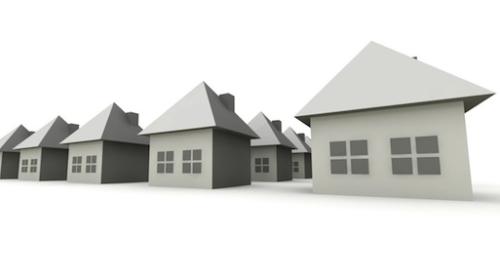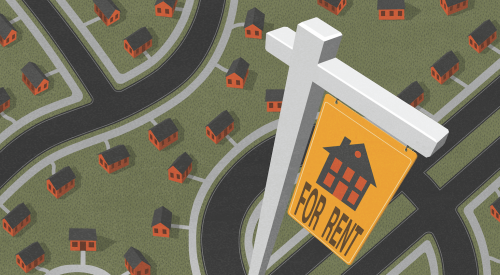"Housing bubbles" are a big topic of conversation these days because so many economists believe they now exist in many markets (perhaps even on a national scale) and have the potential to severely damage the industry and the national economy. However, housing consultant and PB columnist John Burns says builders need to understand there are two different types of housing bubbles...
1. Price Bubbles, which generally occur in expensive, supply-constrained markets such as California and the Northeast. "Builders in these markets can't meet demand," Burns says, "so surges in demand result in rapid price escalations. Prices often accelerate too fast because home buyers and investors incorrectly assume what happened last year will happen in perpetuity. Price bubbles can be fueled by declining mortgage interest rates, which is what The Wall Street Journal and others have been warning about in recent years..."
2. Supply Bubbles, which generally occur in the inexpensive, supply-plentiful markets like Arizona, Atlanta and much of Texas. "Builders in these markets often grow their businesses too fast during strong economic times," Burns says, "eventually resulting in oversupply."
Some markets, such as Denver and Las Vegas, can exhibit signs of both types of bubbles, making them difficult to analyze. Additionally, fluctuating mortgage rates can change home prices dramatically in all parts of the country, says Burns.
"Any discussion of a national housing bubble should be a discussion of mortgage rates and capital availability," Burns asserts, "because all other factors are local in nature.
"Don't fool yourself," he continues. "I have heard more than one builder state that the housing market is no longer cyclical, that somehow disciplined capital sources and home builders have created an environment where home prices can only go up. While it's true that many builders are now better managed, and that the 1989 FIRREA Act wiped out aggressive lenders, optimistic consumers can still push prices beyond what is reasonable, and builders can still build more homes than are needed. The home building business is still risky!"












